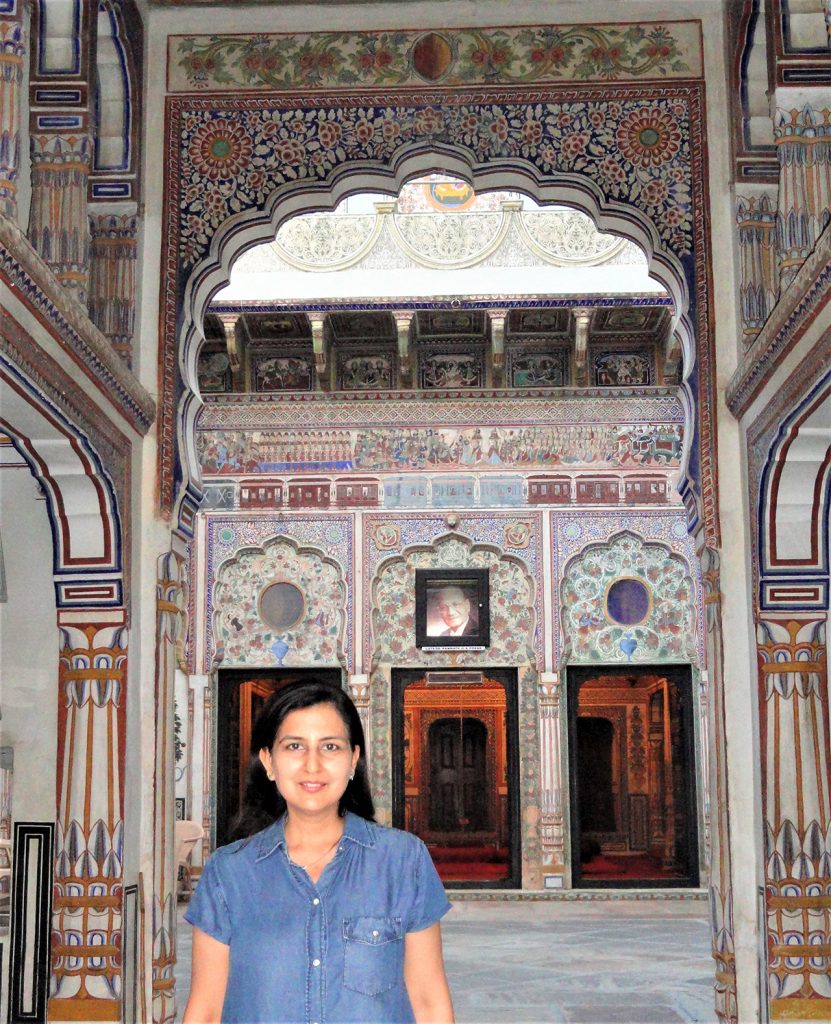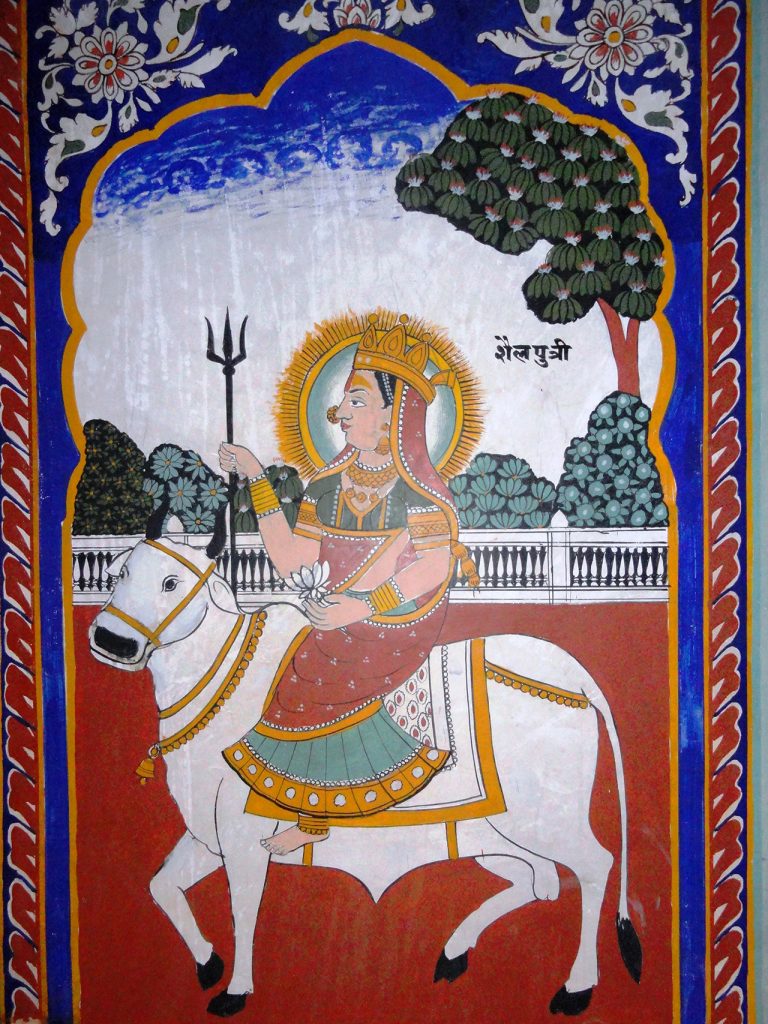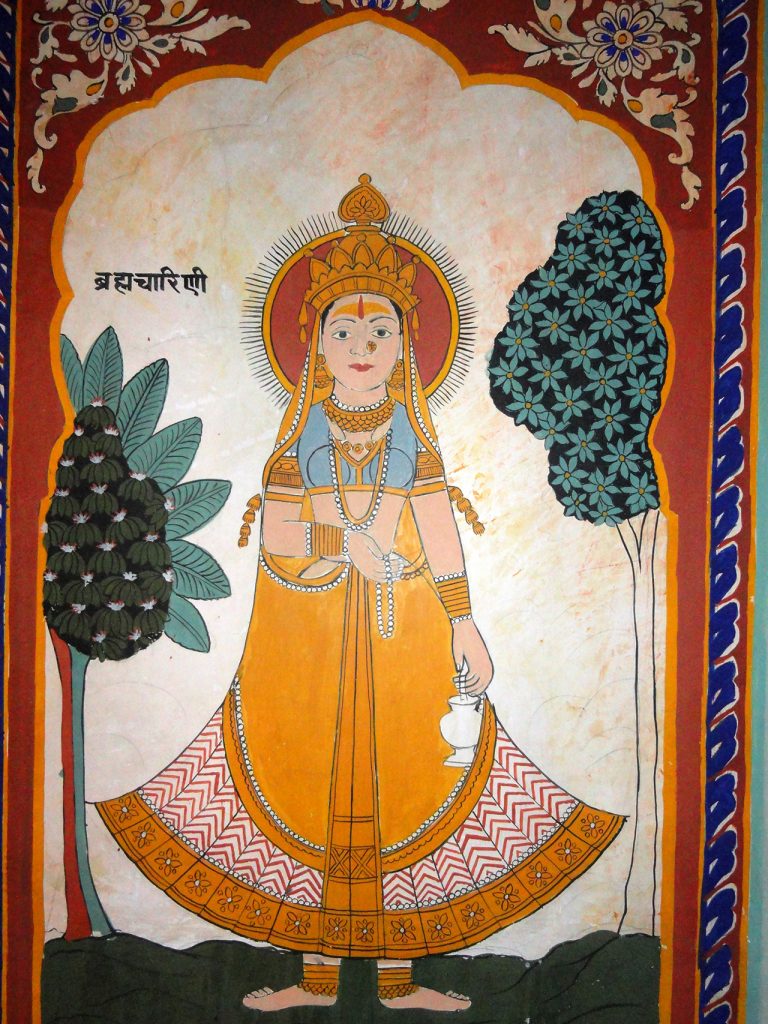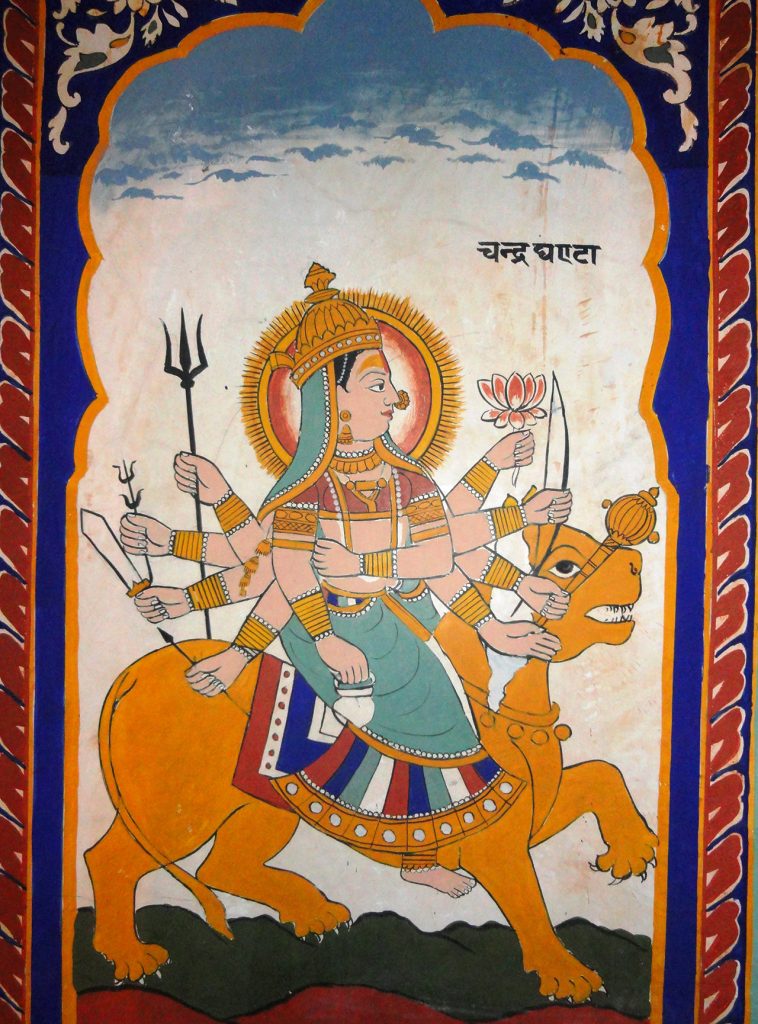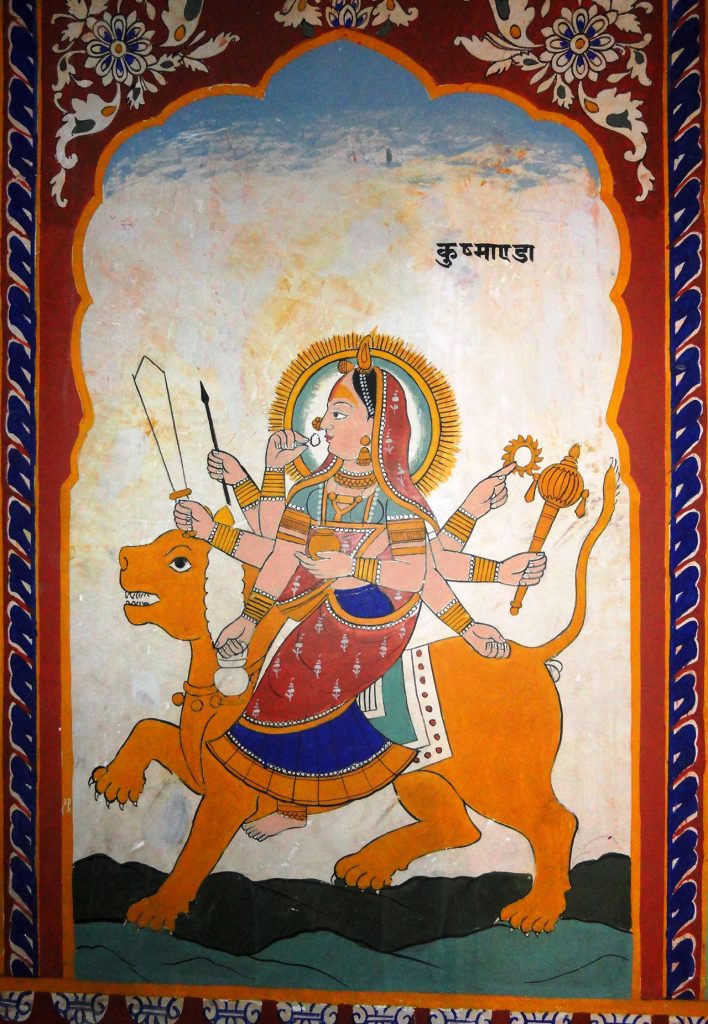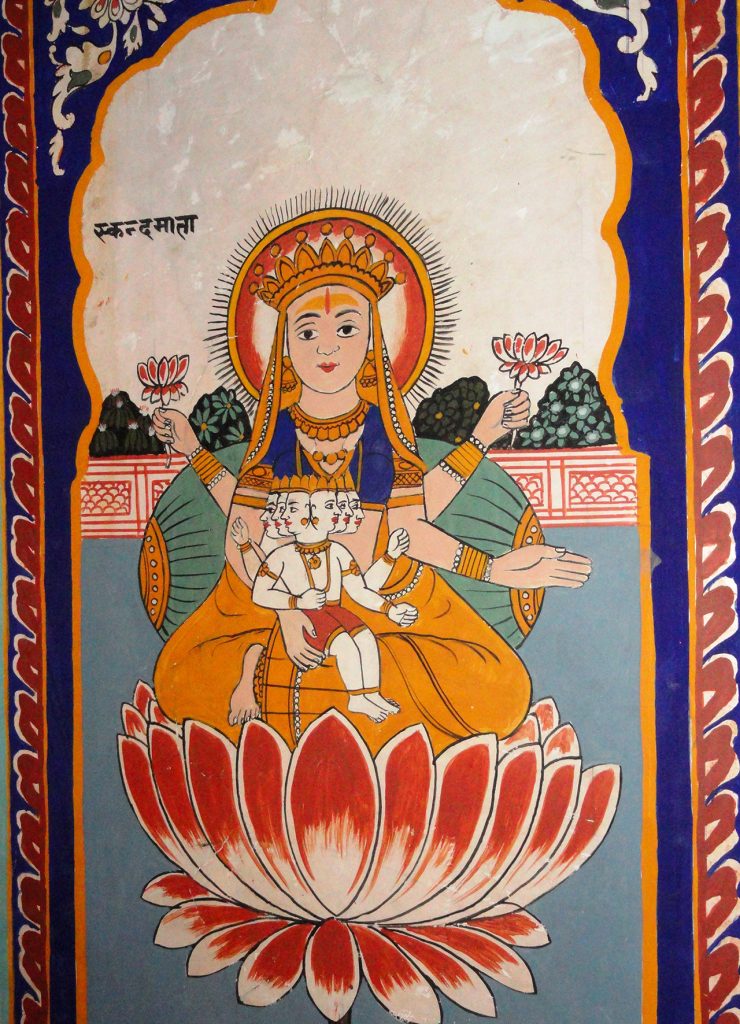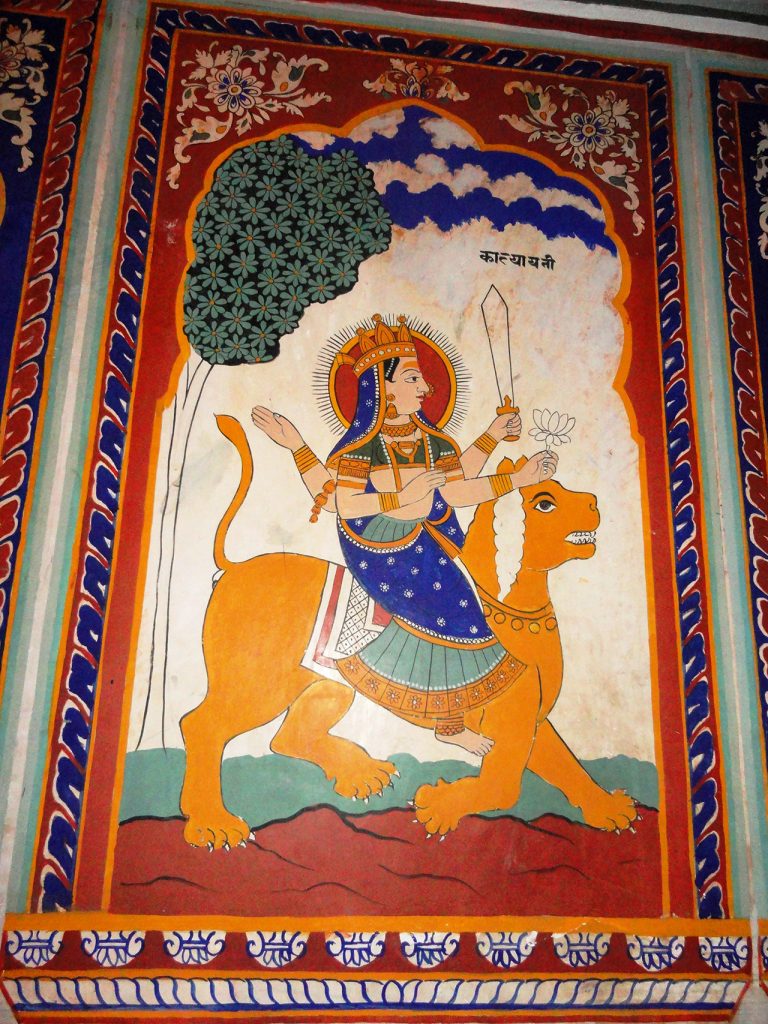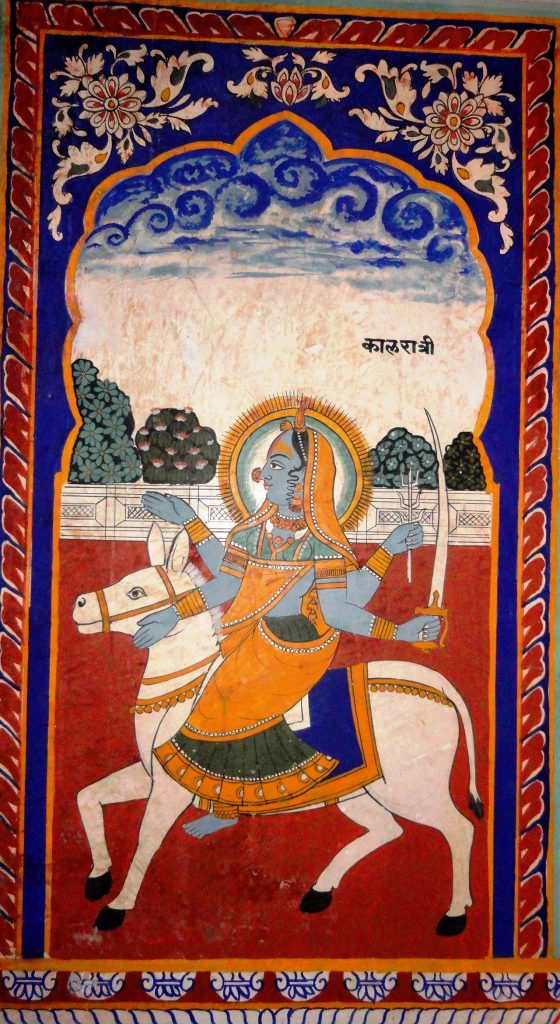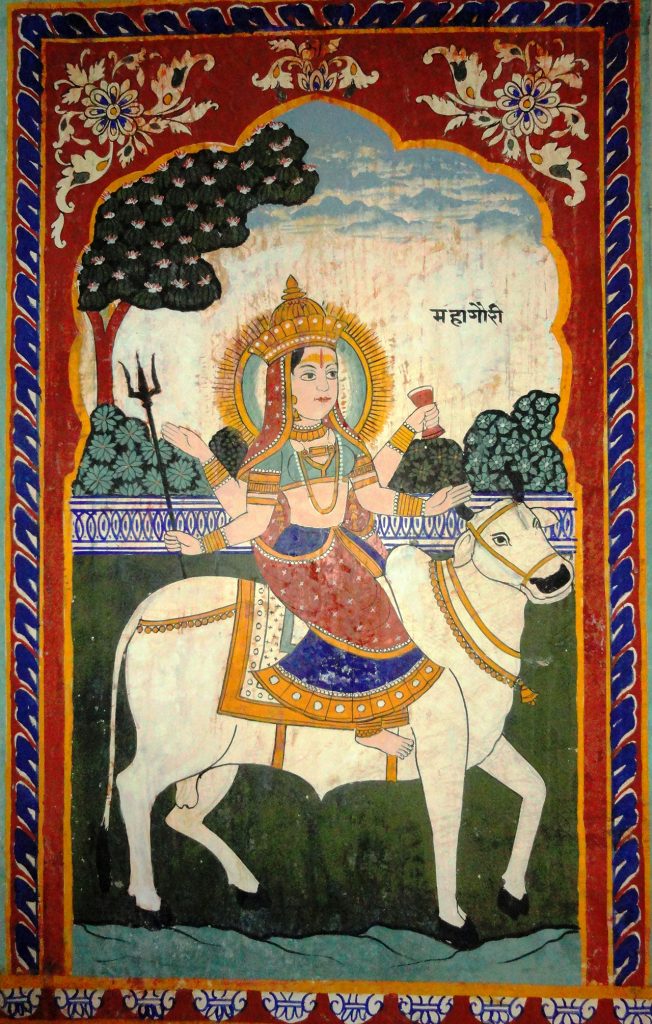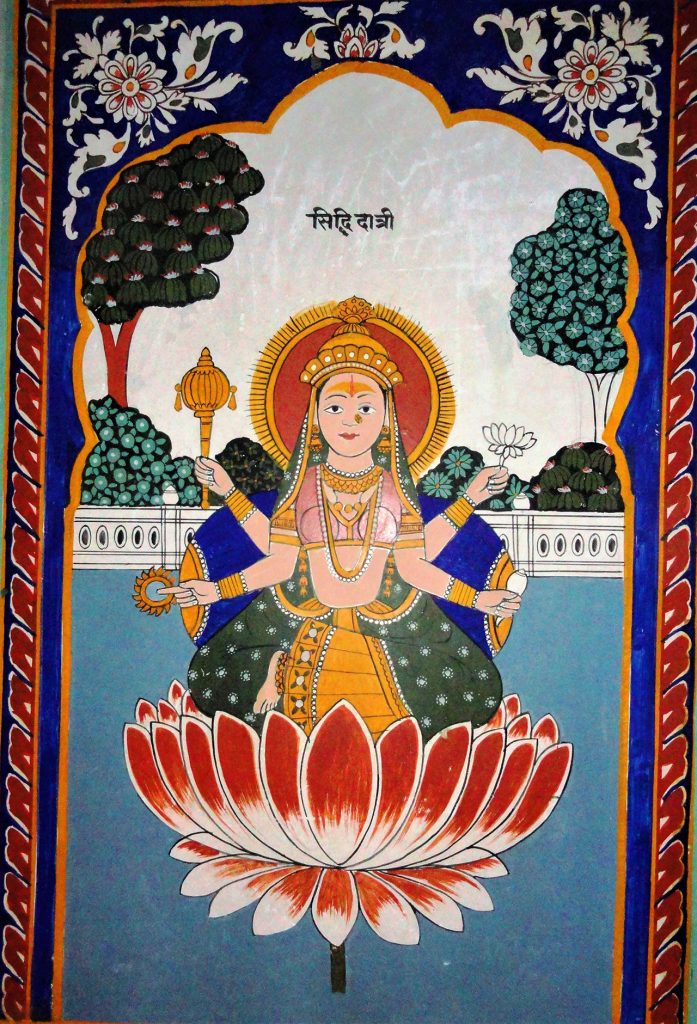Navratris- Kaleidoscopic colours of the Goddess
Ancient Indian texts have emphasised on the power of colours in our lives that energise our mind, body and spirit. Navratris-the nine days & nights of propitious festivities carries a spiritual-religious concept that has a symbolic connexion to several colours according to Indian culture. Each Navratri colour radiates explicit indicators that affect our mental and physical state. Use of specific colour on each Navratri has varying representation. The sequence may differ every Navratis according to the date- variation but the colours remain the same. It is a matter of cultural pride that our ancient traditions are in vogue worldwide as Colour Therapy is the new addition to healing being used by psychologists and therapists!
Navratri colours-gears and beautification
In the second year of pandemic, safe festivities continue by celebrating more at home with family or close friends. One can embellish your home corner or temple with auspicious objects, creatively bedecked with coloured curtains, dupattasor sarees besides real or decorative flowers; where again colours play an important role. We could use this list of Navratris-colours accordingly in our dresses, accessories and home/pandal beautifications. Welcome Devi’s nine forms by using nine kaleidoscopic colours to unveil her overwhelming virtues as the Adi Shakti force behind this Universe!
Yellow on first Navratri
This year the auspicious Navratris commence with the joyful colour yellow on the first Navratri –Pratipada, dedicated to Goddess Shailputri meaning the daughter of the mountains- Mother Nature who infuses her light and radiance on the pandemic hit souls, activates intelligence with energy and focus with use of happy colour yellow in ‘gear & garb’ and draping your temple in yellow too!
Green on Second Navratri
On the second Navratri-Dwitya, Durga incarnates as Goddess Brahmacharini and is emblematic of spiritual growth, prosperity and energy that interprets into nature’s colour green for growth, related to Devi- Parvati’s penance in the emerald mountains for Lord Shiva! Flora-fauna’s colour green cools the eyes and invokes peaceful happy blessings of the Goddess on an individual.
Third Navratri and colour Grey
On the third Tritiya Navratri, the Devi is called Chandraghanta as she supports a grey half-moon on her forehead, as the Sanskrit name suggests, representational of her readiness to fight and destroy enemies of devotees. So use of elegant, diplomatic colour grey is auspicious as the Goddess blesses the devotees with a balanced personality and coolness of the moon!
Orange colour on day four of Navratris
On Chaturthi– the fourth day of Navratris; Goddess Durga appears as Devi Kushmanda blessing the devotees with the lustre & brilliance of the warm colour Orange, also the colour of the Sun & the Fire, representational of purity and renunciation of worldly desires. The 3 words Ku –little, Ushma-warmth and Anda-egg form the name of Devi Kushmandawho created the universe as a small cosmic egg!
White colour on Fifth Navratri
The fifth day-Panchami Navratri is signified with white colour of peace, clarity and wholesomeness- both spiritual and material desires. Physicists have proven white light to be mixture of 7 colours-the VIBGYOR into which it splits when falling on a prism so white has qualities of all colours not visible to the eye! The Goddess incarnates as Skandmata– mother of Skandha or war-God Kartikeya and white colour denotes the purity of Mother’s love too.
Red colour of the sixth Navratri
The passionate colour red is associated with the Shashti Navratri-sixth day of the Katyani devi’s incarnation of Durga.Red is the colour of Shakti-the power that destroys evil indicating dynamism. With the wrath and determination of the strong ritual colour Red one can enhance and invite the blessings of the Goddess!
Royal Blue colour on the seventh Navratri
Saptami Navratri – the seventh day is dedicated to the destructive powers of Devi Kalratri represented by authoritative colour Royal blue. Royal blue is used to depict complexion of several deities who protect humans and destroy evil. No wonder that literary texts have related it to trustworthiness and reliability for long alongwith the title of ‘Royal’!
Pink colour on the eighth Navratri
Eighth day is the Ashtami Navratri emphasising on synchronization colour pink reflecting optimism, newness and accomplishment of yearnings. Goddess Mahagauri– the eighth form of Durga blesses devotees with all virtues, relieving suffering to those using the colour pink on this special auspicious day!
Purple on the 9th Navratri
Finally, the colour accompanying the last, ninth Navami Navratri is Purple ascertained to Goddess of wisdom- Siddhidatriblessing her devotees with siddhis– perfection and meditative abilities with a touch of magic & mystery. Purple is related to spirituality and oneness to God in Hinduism, Buddhism and is the sacred colour in Christianity too! Undoubtedly it is the colour of luxury & power that Devi Siddhidatri sanctifies one with.

